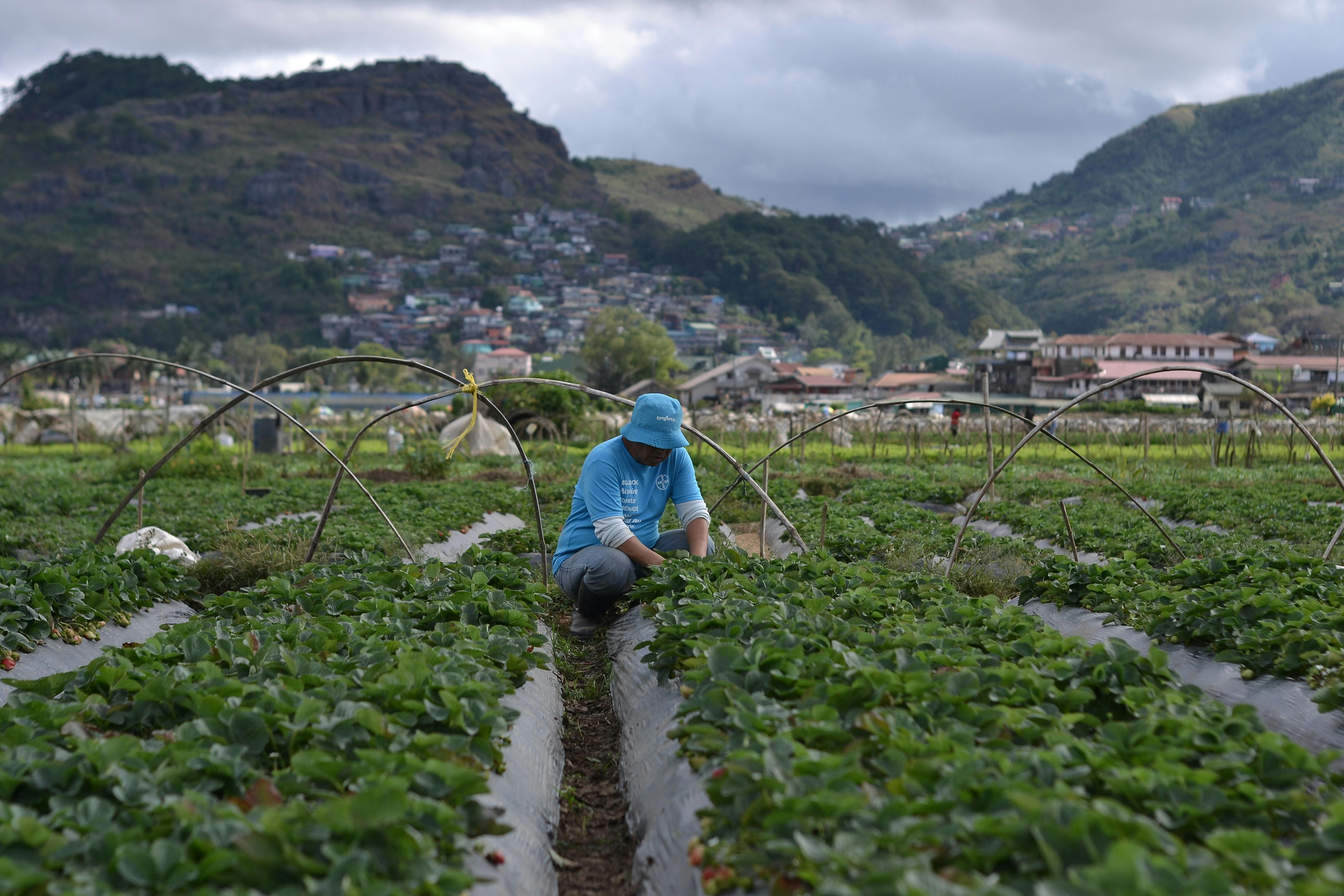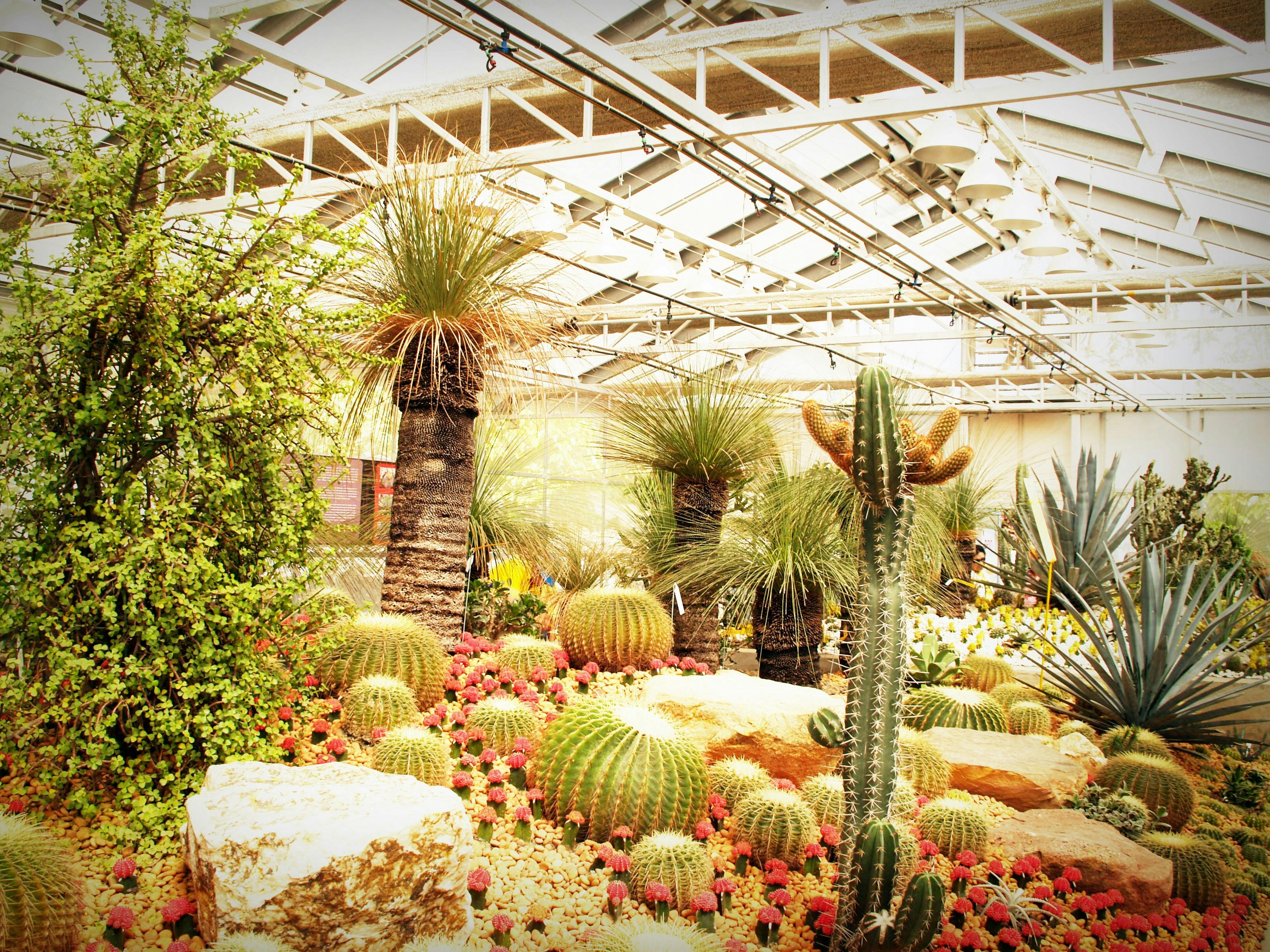Strawberries are a delicious and versatile fruit that can be used in a variety of dishes. As such, many gardeners and farmers want to grow their own strawberry plants. Temperature is an important factor in how well strawberries grow, so it is important to know what temperature range they can tolerate. In this article, we will discuss what temperature range strawberry plants can tolerate and how to ensure that your plants are happy and healthy.Strawberry plants thrive in temperatures between 60-80°F (15.5-26.5°C). If grown outdoors, strawberry plants need to be planted in a location that will provide full sun and adequate air circulation. In areas with hot summers, some afternoon shade may be beneficial. Strawberry plants are sensitive to cold temperatures and should be protected from frost and freezing temperatures.
Optimal Temperature Range for Strawberry Plants
Strawberry plants require an optimal temperature range in order to grow and produce healthy, high quality fruit. The ideal temperature range for strawberry plants is between 65 and 75 degrees Fahrenheit (18-24°C). Temperatures lower than this can slow down the growth of the plant, resulting in smaller berries. If temperatures are too high, the plant can suffer from heat stress and even die. Daytime temperatures should not exceed 80 degrees Fahrenheit (26°C). At night, temperatures should not drop below 50 degrees Fahrenheit (10°C).
In addition to providing the ideal temperature range for strawberry plants, good air circulation is important to reduce disease potential and ensure proper pollination of flowers. If temperatures exceed 85 degrees Fahrenheit (29°C), it is important to provide shade or open windows to ensure proper airflow. Proper ventilation is especially important during humid summer days when fungal diseases are more likely to occur.
It is also important to consider seasonal temperature changes when growing strawberries. While the optimum temperature range for most strawberry varieties is 65-75 degrees Fahrenheit (18-24°C), some varieties can tolerate colder winter temperatures as low as 25 degrees Fahrenheit (-4°C). When growing strawberries in cold climates, it is best to select a cold tolerant variety such as ‘Hood’ or ‘Sequoia’.
What Temperature is Too Hot for Strawberry Plants?
Strawberry plants thrive best in temperatures between 60°F and 70°F (15.5°C – 21°C). Temperatures higher than this can cause the plants to become stressed, resulting in decreased yields and poor fruit quality. Heat stress can also lead to wilting or drooping of the leaves, leading to reduced photosynthesis and root growth. The ideal temperature range for strawberry plants is between 65°F (18.3°C) and 68°F (20°C).
When temperatures exceed 70°F (21°C), it is important to take steps to protect the strawberry plants from heat stress. This can include providing shade, mulching around the plants, watering regularly, and using fans or misters to cool the air around them. If possible, it is also important to move the strawberry plants out of direct sunlight and into a cooler area when temperatures become too hot.
In general, strawberry plants should not be exposed to temperatures above 80°F (26.7°C) for extended periods of time as this can cause irreversible damage and even death of the plant. If possible, it is best to avoid planting in areas with high summer temperatures or provide additional protection such as shade cloth or other covering materials during hot weather periods.
What Temperature is Too Cold for Strawberry Plants?
Strawberry plants are sensitive to cold temperatures and will not thrive when temperatures dip below 32 degrees Fahrenheit. When exposed to temperatures below freezing, the leaves and blossoms of the strawberry plant will suffer damage. If the temperature stays below 32 degrees Fahrenheit for more than four hours, the strawberries themselves will freeze and be ruined. In addition, when temperatures plummet to near-zero levels, any remaining foliage may die back, leaving the plant vulnerable to disease and pests.
To protect the strawberry plants from frost damage, it is best to cover them with porous fabric or a lightweight tarp during periods of cold weather. The fabric should be light enough to allow some air circulation but thick enough to provide insulation against sudden drops in temperature. If temperatures are forecasted to drop below 30 degrees Fahrenheit, it is best to harvest any unripe fruits in order to prevent them from spoiling. It is also important to keep plants well-watered during cold weather in order keep them healthy and able to withstand colder conditions.
Overall, strawberry plants can tolerate short periods of cold weather down to about 32 degrees Fahrenheit without suffering permanent damage. However, prolonged exposure or extreme cold can cause irreparable harm, so it is important for gardeners to take steps such as covering their plants or harvesting fruit before a hard freeze sets in.
Optimal Temperature for Growing Healthy Strawberry Plants
Strawberries are one of the most popular fruits around the world. They have a sweet flavor and can be eaten fresh or used in many recipes. Growing strawberry plants can be a rewarding experience, but it requires careful attention to temperature and other environmental factors. Knowing the optimal temperature for growing healthy strawberry plants is essential for successful cultivation.
The ideal temperature range for growing strawberries is between 60 and 70 degrees Fahrenheit (15 and 21 degrees Celsius). At temperatures below 55 degrees Fahrenheit (12 degrees Celsius), the growth of the plants will slow dramatically. If temperatures remain at this level for extended periods of time, it can even cause death of some of the plants. Warm temperatures can also be detrimental to strawberry production, with temperatures above 80 degrees Fahrenheit (26 degrees Celsius) leading to reduced yields and poor-quality fruit.
Strawberries are also sensitive to fluctuations in temperature, so keeping a consistent range is important for optimal growth. Nighttime temperatures that dip below 55 degrees Fahrenheit (12 degrees Celsius) should be avoided if possible, as this could cause damage to the plants. In cold climates, strawbeery growers may need to use plastic sheeting or other measures to provide additional insulation against sudden drops in temperature during the night.
In addition to providing the optimal temperature conditions for their strawberry plants, growers should also ensure that they are getting adequate sunlight exposure throughout the day. Strawberries need at least 6 hours of direct sunlight each day in order to develop properly and produce good yields of fruit. If possible, growers should also try to provide some shade during particularly hot days in order to protect their plants from overexposure to heat and direct sunlight.
Overall, knowing and providing the optimal temperature conditions for growing healthy strawberry plants is essential for successful cultivation. Growers should aim for a consistent range between 60 and 70 degrees Fahrenheit (15 and 21 degrees Celsius), avoiding nighttime temperatures below 55 degrees Fahrenheit (12 degrees Celsius) when possible. Adequate sunlight exposure is also important; at least 6 hours per day with some shade provided when necessary on particularly hot days. With proper care and attention given to these environmental conditions, strawberry growers can enjoy a successful harvest of delicious fruit!

How to Protect Strawberry Plants from Extreme Temperatures
It is important to protect strawberry plants from extreme temperatures, both hot and cold. In order to do this, you should plant your strawberries in a sheltered spot, such as under a tree or a hedge. This will provide them some protection from extreme temperatures and also prevent the wind from damaging the plants. Additionally, you should consider adding organic mulch around the base of your strawberry plants to help insulate them against extreme temperatures.
You may also want to consider building a protective structure over your strawberry plants. You can use something as simple as an old sheet, or you can build a more permanent structure using wood or metal. This will provide additional insulation for the plants and protect them from extreme temperatures and other elements, such as wind and rain.
If you live in an area where extreme temperatures are common throughout the year, then it is important to make sure your strawberry plants are well watered at all times. During periods of hot weather, it is especially important to make sure that your strawberries are getting enough water so they don’t become dehydrated and suffer damage due to the heat. You may also want to consider using shade cloths over your strawberry plants during hot weather to help keep them cool.
Finally, it is important to check on your strawberry plants regularly during periods of extreme temperature changes throughout the year. Make sure they are getting enough water and look for any signs of distress due to cold or heat damage. If you notice any signs of distress, then take action right away in order to try and save your strawberry crop before it is too late.
Effect of Low Temperatures on Strawberry Plant Growth
Strawberry plants are sensitive to cold temperatures, and can be damaged by frost or a hard freeze. Extended periods of cold temperatures can damage the plant’s buds and leaves, resulting in reduced yields. Cold temperatures can also delay the flowering and fruiting of strawberry plants for up to several weeks. To protect strawberry plants from cold temperatures, gardeners should cover the plants with blankets or other protective material during extended periods of cold weather.
Effect of High Temperatures on Strawberry Plant Growth
High temperatures can also have an effect on strawberry plant growth. When temperatures are above 85 degrees Fahrenheit, the plant’s flowers may not open properly, resulting in reduced yields. Additionally, extreme heat can cause the plant’s fruits to ripen prematurely, reducing their shelf life and flavor. To protect strawberry plants from high temperatures, gardeners should use shade cloths or other materials to provide some protection from the sun during hot weather.
How to Maintain the Perfect Temperature for Growing Strawberry Plants
Growing strawberry plants is an enjoyable activity for many gardeners. Strawberries are a hardy fruit and can thrive in almost any environment, but they do need certain temperatures to grow. To ensure that your strawberry plants grow well and produce a good yield, it is important to maintain the perfect temperature. Here are some tips on how to do so.
The ideal temperature for growing strawberry plants is between 60 and 70 degrees Fahrenheit. If temperatures rise above this range, the plant will suffer from heat stress which can cause stunted growth and decreased yields. If temperatures drop below this range, the plant may become too cold and suffer from frost damage which can also stunt growth or even kill the plant.
To maintain the optimum temperature for your strawberry plants, it is important to monitor the temperature on a regular basis. Use a thermometer to check the temperature of the soil around your plants regularly, at least once per day. If you notice that temperatures are reaching above 70 degrees or below 60 degrees, take action to adjust it accordingly.
If temperatures rise too high, you can use shade cloth or other methods of shading to help keep your strawberry plants cool. You can also move them to an area of your garden that receives less direct sunlight throughout the day. You can also water your plants more often as this will help reduce soil temperatures slightly.
If temperatures drop too low, you may need to provide additional protection such as a plastic sheet or blanket over your strawberry plants at night time when temperatures are at their lowest point. Make sure that you remove any protective coverings during daylight hours so that your strawberry plants receive enough sunlight and air circulation.
By monitoring and adjusting temperatures accordingly, you will be able to maintain the perfect temperature for growing strawberry plants successfully and enjoy a bountiful harvest!

Conclusion
Strawberry plants can tolerate a wide range of temperatures, from the cold winter to the hot summer. However, the optimum temperature for strawberry cultivation is between 18 and 25 degrees Celsius. They are also sensitive to drought and frost during certain parts of the season, so proper irrigation and frost protection measures should be taken in order to ensure successful strawberry production. With adequate care, strawberry plants can thrive in a variety of climates and provide delicious fruits for years to come.
In conclusion, strawberry plants have a wide temperature range that they can tolerate, but for optimum growth and fruit production they should be kept between 18 and 25 degrees Celsius. It is important to take necessary precautions to protect them from drought and frost in order to ensure successful cultivation. With proper care, these hardy plants can provide sweet fruits for many years.



